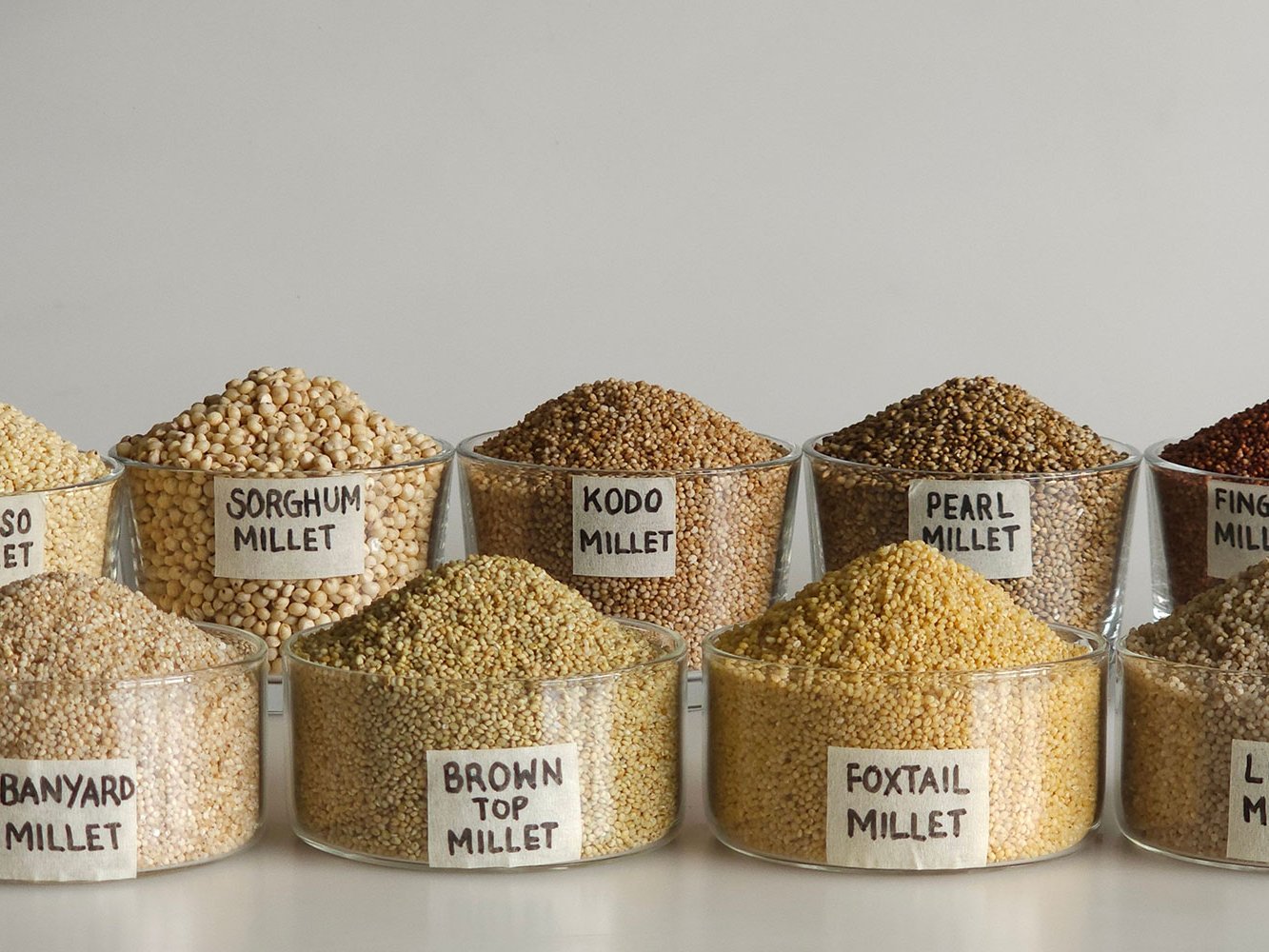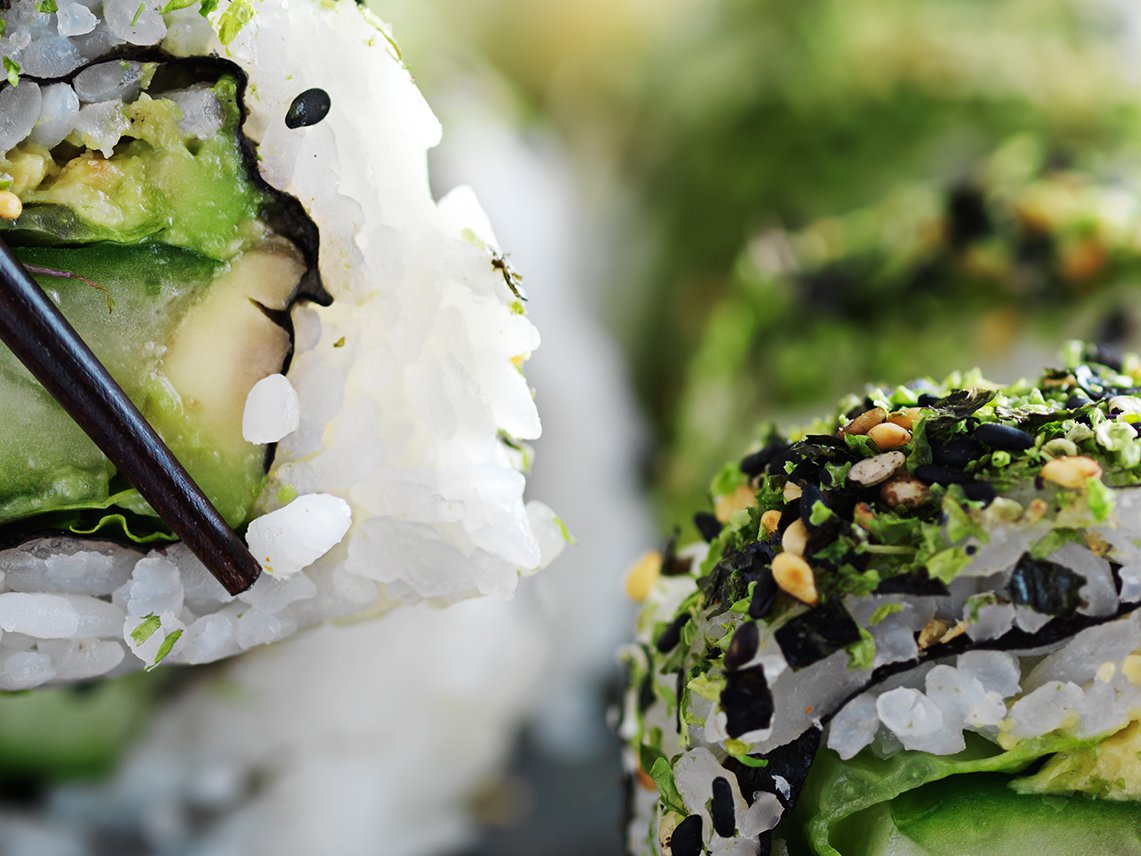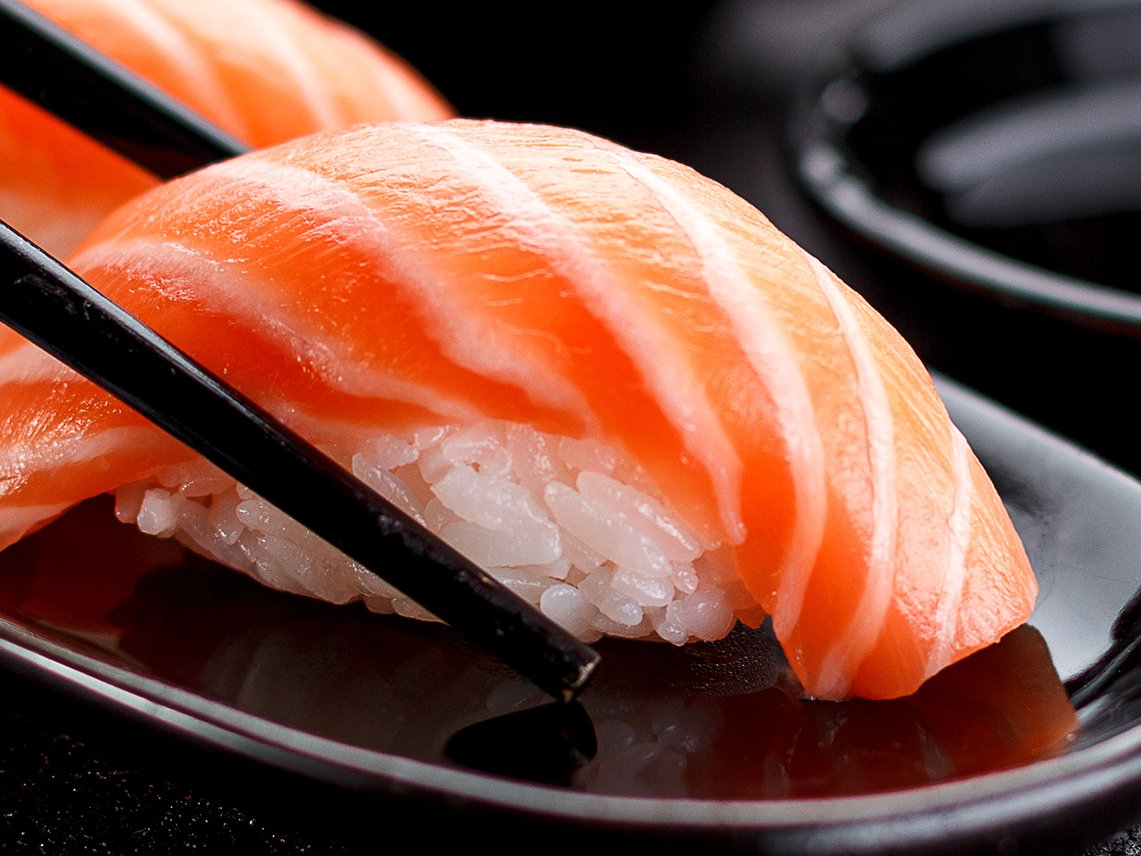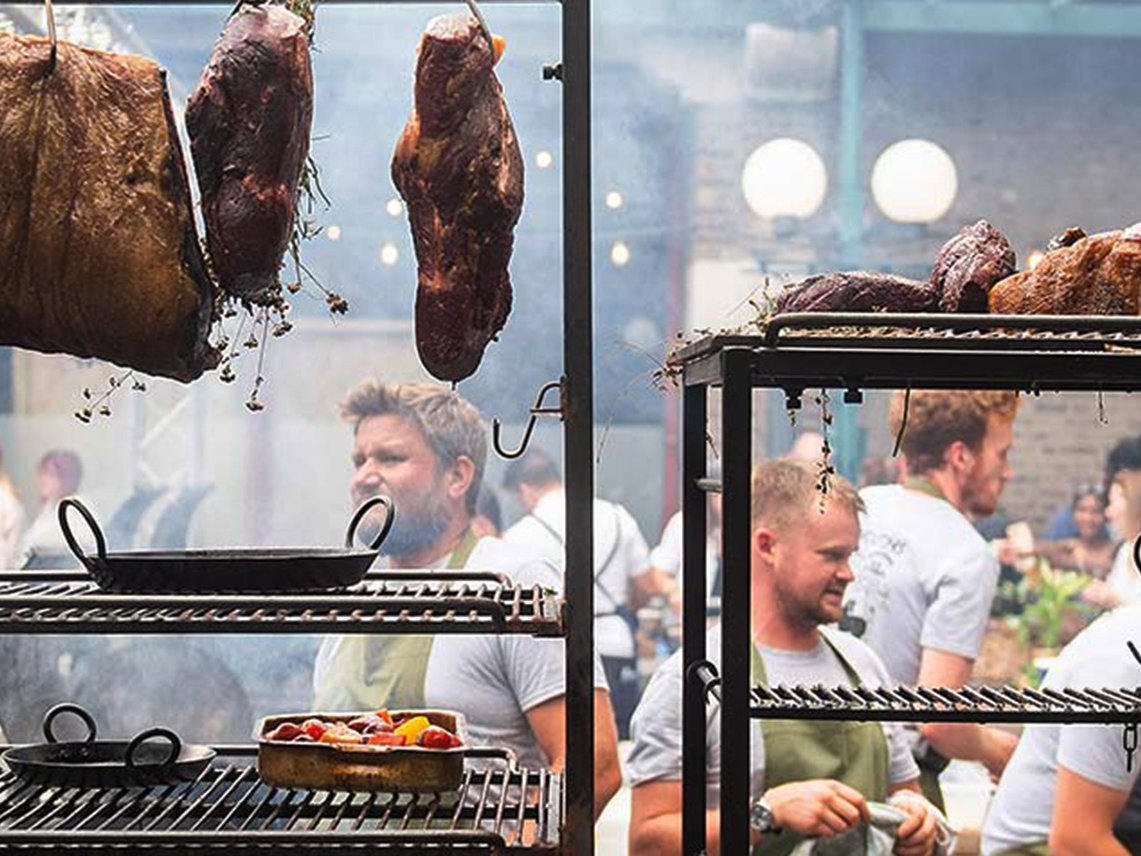Cooking with the seasons: venison
Lean and with a wonderful depth of flavour, venison is not just for the landed gentry.
The vision of craggy Scottish lairds stalking the noble Monarch of the Glen is either reassuringly traditional or woefully anachronistic, depending on your point of view. Either way, it doesn’t represent our modern relationship with venison, at least not entirely. A favourite with sustainable farming fans, low-fat agitators and epicureans alike, you’re much more likely to encounter it today in the context of leather-aproned hipsters discussing sous vide techniques. It’s a protein source having its time in the sun, but it could hardly have a longer and more venerable history. Herding and enclosing deer seem to go back at least to the ancient Egyptians. Simple hunting can trace its roots even further as recorded in the cave paintings of Lascaux about 20,000 years ago.
English etymology has its own story to tell. Post 1066, the poor old Anglo-Saxons (the turnip-loving Baldricks of popular history) provided much of the vocabulary for livestock – words like the Germanic-derived “deer/tier/dyr”. Meanwhile, the Norman aristocrats knew nothing of vulgar husbandry but only the chase (la chasse) and the final meat on the table. From the Latin for a hunt, “venatio”, the French “venison” referred originally to any hunted furred game (and continues to be used in France for wild quarry like boar). Today, however, the word is pretty much synonymous with deer meat, typically the smaller members of the Cervidae family and, in the USA, elk, moose and caribou.
As a meat, venison resembles tastier cuts of beef and lamb but is less fatty. Older, wild animals that have been strutting through the heather are tougher than younger farmed models by dint of their hard-working muscle. But in common with other game, ageing the meat usually ensures that what reaches your table is tender as well as pleasingly deep and savoury in taste. Our guide will take you through the different types of venison available and the best handling of different cuts to make sure your feasting is “fìor mhath” (Scots Gaelic for “very good”, in case you’re wondering).
Sourcing: the wild, the farmed and the in-between
To some, the idea of venison still conjures up whole animals delivered to your door by a man of suspect morals in flat cap and waxed jacket. After you (or preferably your under-butler) have dragged the carcass in through the scullery, it would then need drawing and hanging in the separate meat larder for weeks. During this time, the naturally occurring lactic acids would start to break down and tenderise the meat – the longer the process, the gamier the resulting flavour. With more than a touch of the “Lady Granthams”, it was a process requiring significant real estate, a robust stomach and/or staff.
Today, things are somewhat easier: venison is widely available and sold ready for cooking. Farmed venison is available year-round but the wild meat, in common with most game, is still subject to shooting seasons. By the beginning of February, most feathered game has entered its closed season in the UK, but venison remains in season (although it varies by species, sex and between counties). As “the wild” is out roaming the hills and not reared specifically for meat, quality can vary depending on food source, age, skill of the shot etc. “Farmed” does not necessarily imply the intensive practices common in other animals however – deer are browsers, social herd animals that do best when ranging free. And as farmed animals are raised for meat, and subject to all the care and legislation that involves, quality, flavour and texture can be more consistent than in their wild cousins. There’s a sort of middle ground too, the very old practice of semi-managed herds roaming large deer parks and estates.
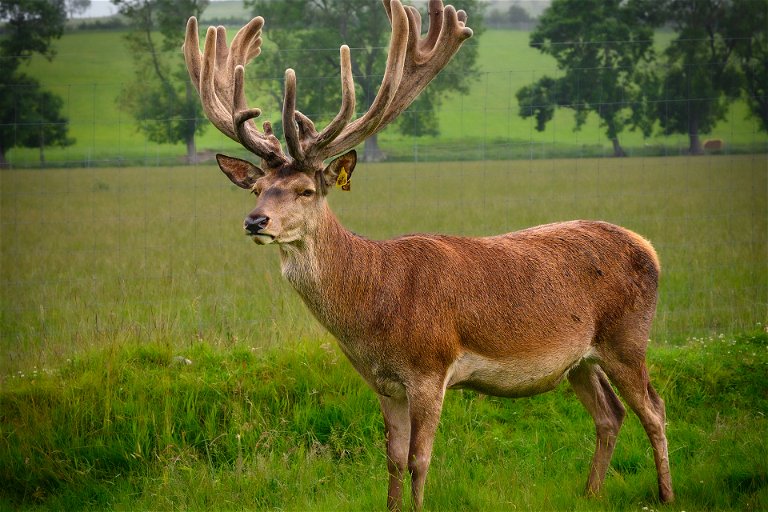
But whatever the source, venison, like all game, benefits enormously from the impeccable and traceable credentials that come with using game dealers and specialist farm shops. Here, thoughtfully sourced meat is expertly handled before sale, something that is arguably at least as important to the eating as the original source. In the UK, quality retailers like Farmison, Field&Flower and The Wild Meat Company, and venison specialists like Deerbox, HFV Parkland and Wild and The Venison Farm offer easy access to a wide range of cuts and species, both wild and farmed.
Common species and flavour profiles
The red deer is the granddaddy of the bunch. Indigenous to much of Europe, it is typically pictured grazing the heather-carpeted hills of Scotland (it’s Landseer’s famous Monarch of the Glen). Amongst the most widely farmed and readily available, the meat is robust, with a strong and gamey flavour. Roe deer are smaller, with distinctive short, straight antlers. Their meat is more delicate than their red cousins, but still rich and finely textured with a nice gamey twang.
Fallow deer are the ones brought over to England by the Normans (and promptly handed over to the Anglo-Saxons for rearing). Their meat has a mild, attractive flavour that is not particularly gamey. It makes good eating for the un-initiated. You will also see the medium-sized Sika and smaller Muntajc at specialist retailers. Like the fallow, both have excellent, slightly sweet and not too gamey meat. Whichever you go for, you have three broad approaches to cooking venison, and the cut you choose should be led by your intended cooking technique.
Minimal intervention cooking
The tenderest cuts such as loin/tenderloin fillet need little to accentuate their wonderful taste and texture. A carpaccio is a great option, as the lack of fat that can be problematic in other preparations is an asset here. Season the outside with mustard, a little oil and herbs, and then sear and slice thinly to showcase these prime cuts perfectly.
Don’t be put off by the essentially raw nature of the meat here, preparing it in this way contrasts the savoury crust with the surprisingly delicate flesh within. Check out our venison carpaccio which highlights venison’s affinity with aromatic juniper and the acidity of fruit and vinegar. Herbs that pair best with this approach have citrus or anise freshness: sorel, mint, tarragon and even coriander.
Short and sharp = moist but caramelised
Giving your venison a relatively short blast of heat is your next option: frying, grilling, short roasts. Fillet can be used in a classic Wellington, protected by a cushion of duxelles and jacket of pastry. The meat’s gaminess works well with its mushroom flavours. Serve with similarly earthy roots vegetables like parsnip, beetroot and celeriac.
Loin steaks, steaks from the haunch or shoulder together with loin chops work perfectly treated to brief high heat. Rub with oil and cook medium rare (if you must have medium, sear and pop into the oven). Intense cooking followed by resting should relax the meat into juicy moistness. These cuts pair excellently with herbed sauces like salsa verde and chimichurri. Alternatively, opt for fruit sauces and jellies like redcurrant and rowan. The latter is especially good as its sweet smokiness compliments gamey meat well.

Long and slow for tender hygge
Haunch and saddle are the classic joints for longer roasting: marinating the meat, anointing with fat and regular basting are essential here. Stews and casseroles are a wonderful way of getting the most from tougher cuts like shoulder and shank. Venison can replace beef or veal in Milanese-inspired braises like ossobuco too. A venison ragu is another fine nod to the Italian kitchen. Follow Anna del Conte’s recipe (in her Classic Food of Northern Italy), but add a little pork mince and swap in smoked pancetta. The former for necessary lubrication and textural contrast, the latter for porcine smokiness.
Our venison shoulder in chocolate chilli sauce is deep and satisfying, with the bitter chocolate adding textural richness and aromatics to the party. The dish uses a dash of port or madeira, which along with wine and beer are excellent cooking liquids to add piquancy and depth. You will of course also want a glass to drink alongside your venison masterpiece. Check out our handy guide to the Best wines to pair with venison.




